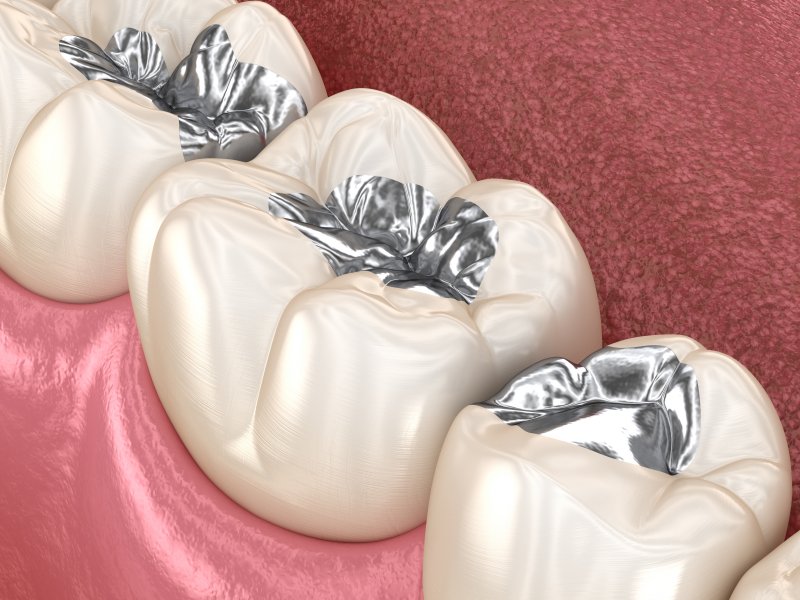
Do you still have fillings made out of metal amalgam? Dentists generally prefer to use composite resin to repair cavities and minor dental damage nowadays, but some older patients still have amalgam fillings composed of silver, tin, copper, and mercury. While such fillings are highly effective for replacing lost enamel and stopping further tooth decay, recent studies indicate that they can have a negative impact on your overall health, especially if you have a lot of them. Read on to learn why it may be in your best interest to replace metal fillings as soon as you can.
What Does the Research Say?
In 2016, the University of Georgia did a study regarding the link between dental fillings and mercury exposure. It was found that amalgam fillings significantly contributed to increased mercury levels, especially if a patient had eight or more fillings. Such patients tended to have 150% more mercury in their bloodstream than those who didn’t have fillings. Mercury releases a type of vapor that, if inhaled, can travel to the brain and other parts of the body to cause damage; naturally, this leaves many health experts concerned about the consequences of long-term exposure.
Studies such as this have encouraged many dentists to start moving away from amalgam fillings. Notably, in 2020 the Food and Drug Administration recommended against fillings containing mercury for pregnant or nursing women, children under 6, or anyone with a pre-existing neurological disease, impaired kidney function, or mercurial allergies.
What Other Effects Can Amalgam Fillings Have?
One risk associated with amalgam fillings is bioaccumulation, which is the name for the process of chemicals building up in the body when said chemicals are introduced faster than they’re excreted. The FDA has reported that exposure to mercury vapor can lead to buildup of chemicals in different areas, and while it has not been definitively proven that such buildup leads to organ damage, it’s definitely concerning for those who are worried about the potential effects mercury can have on the body.
It should also be noted that some people are allergic to mercury as well as other components of amalgam fillings, which can result in mouth sores and other reactions. If you have such a reaction to a metal filling, then you need to call your dentist to discuss having it replaced right away.
What are the Benefits of Replacing a Metal Filling?
If you have a metal filling removed, it can be replaced with composite resin. This material contains no mercury, and allergies to it are very rare. Furthermore, composite resin is tooth-colored and can be shaded to match the color of your enamel, making it a much more aesthetically pleasing option.
If you have had a metal filling for a while, it may be a good idea to set up a consultation with your dentist as soon as possible. They can go over the health concerns with you in more detail and confirm whether composite resin is a viable alternative.
About the Author
Dr. A. Faris Waheed has been practicing dentistry for more than 15 years. He studied dentistry at the prestigious Tufts University School of Dental Medicine. He has continued his education to keep up with the most recent findings in dentistry, and as such he is well-informed of the concerns regarding amalgam fillings as well as the advantages of composite resin fillings. If you’re worried about an older restoration, you can set up an appointment with Dr. Waheed at Baldwin Family Dental by visiting his website or calling (850) 215-0128.
